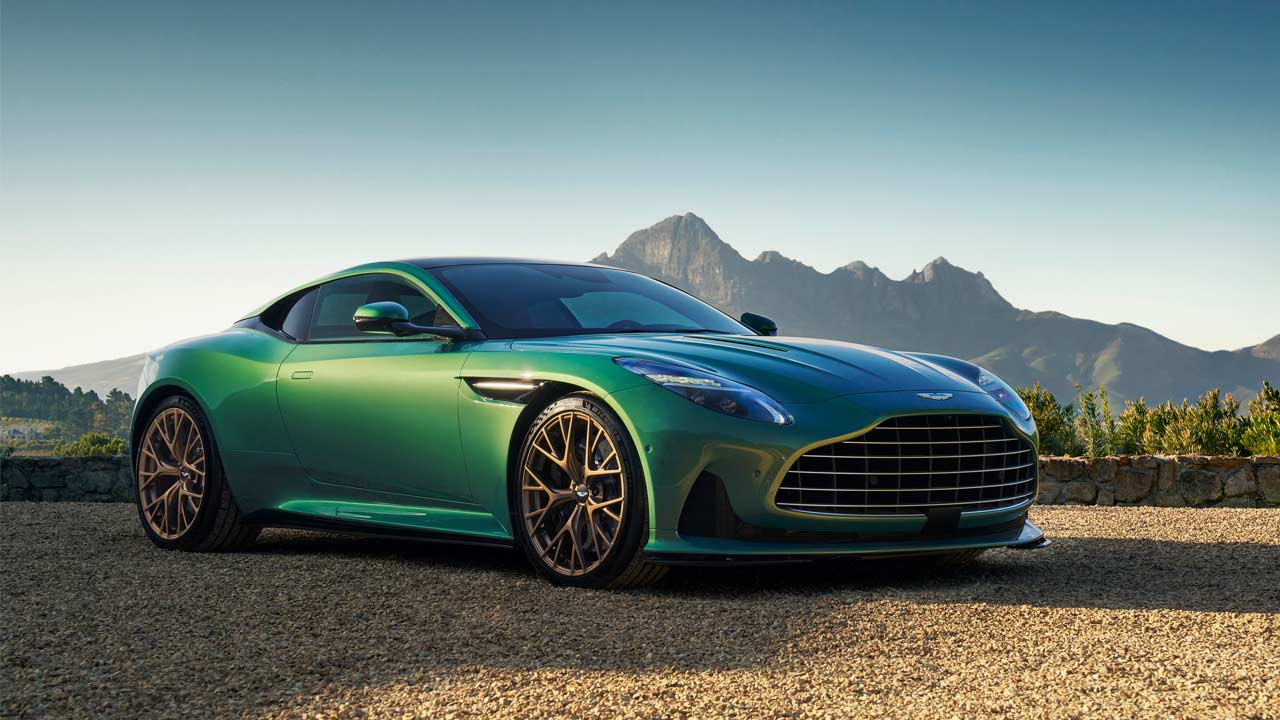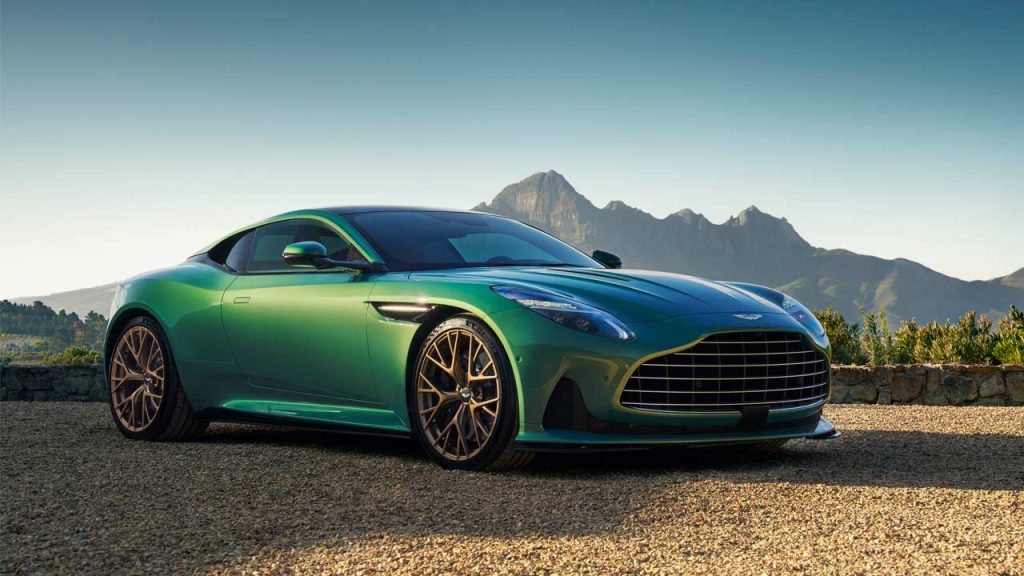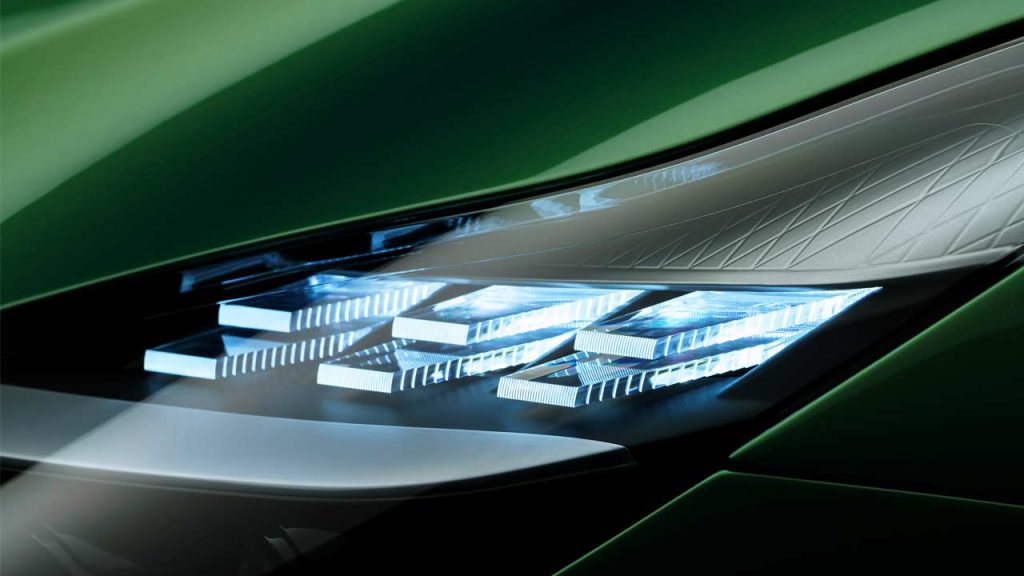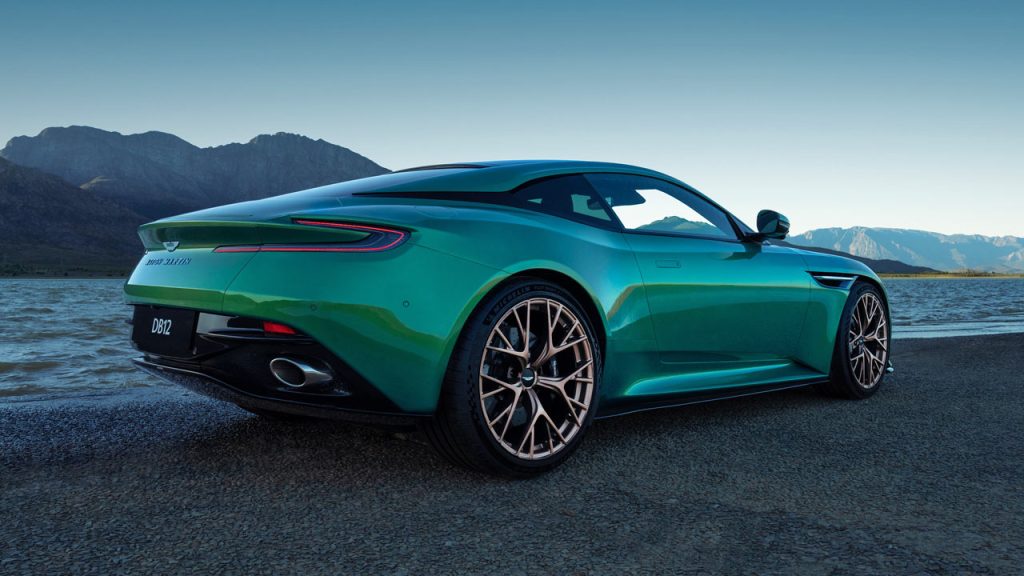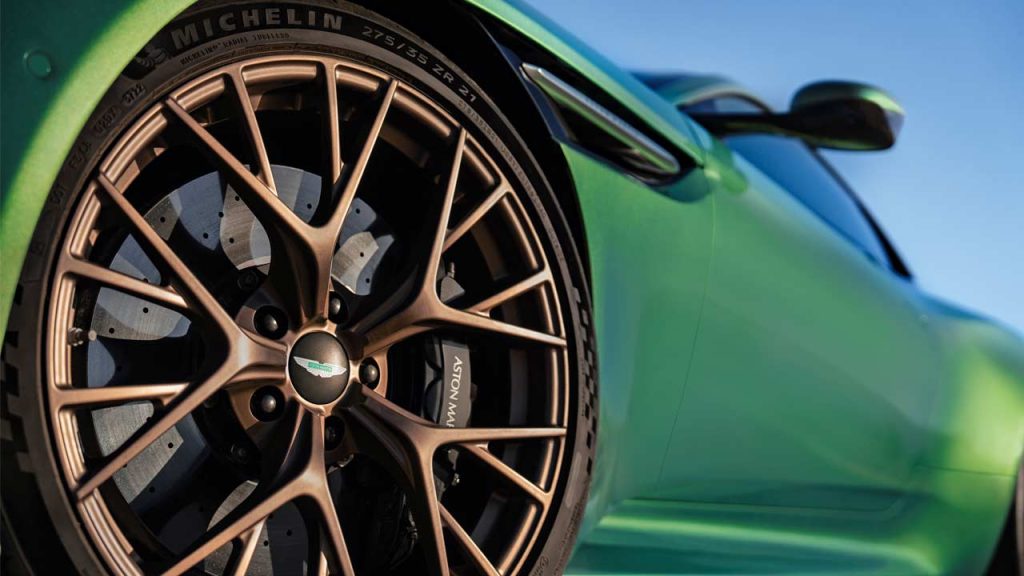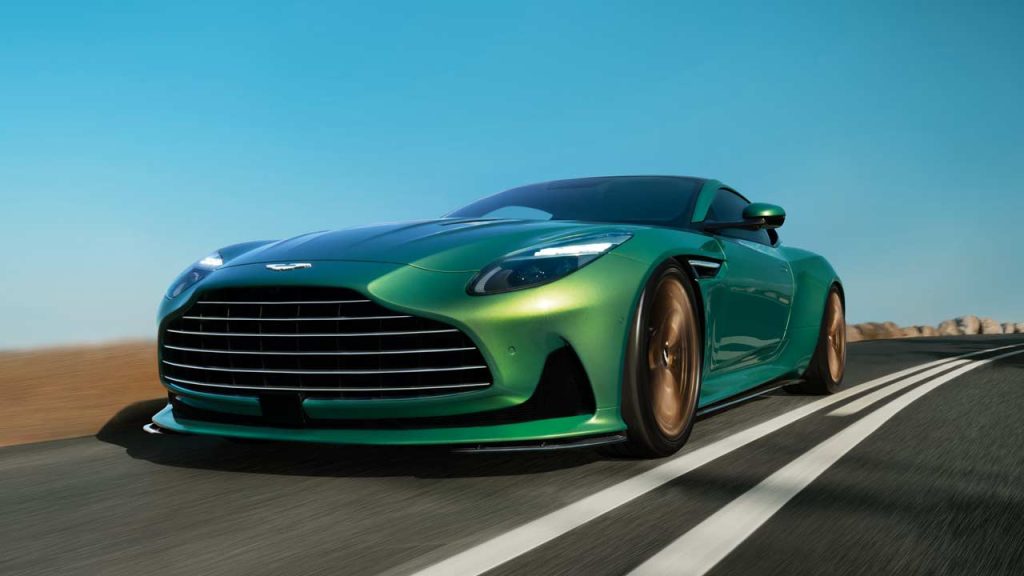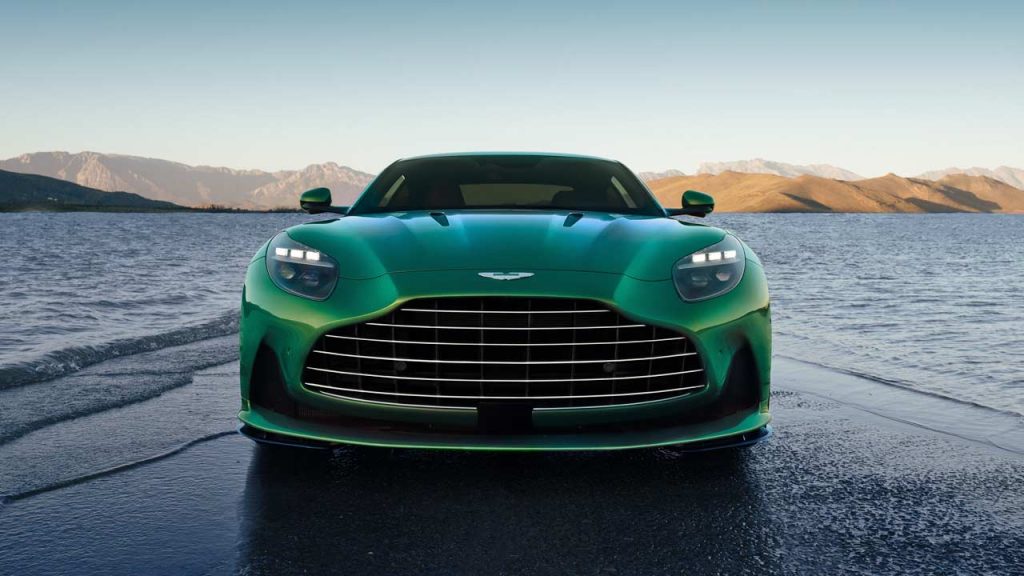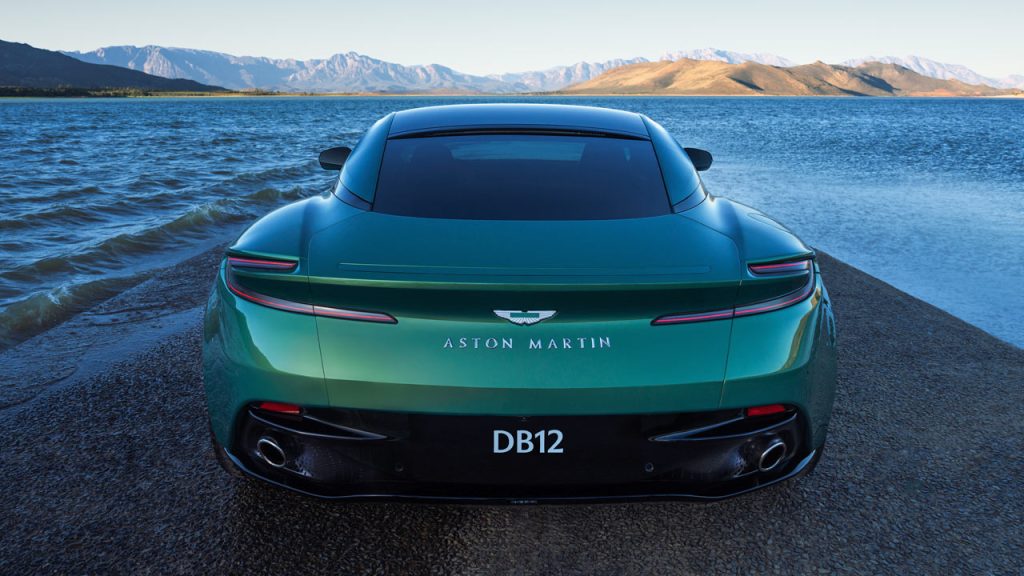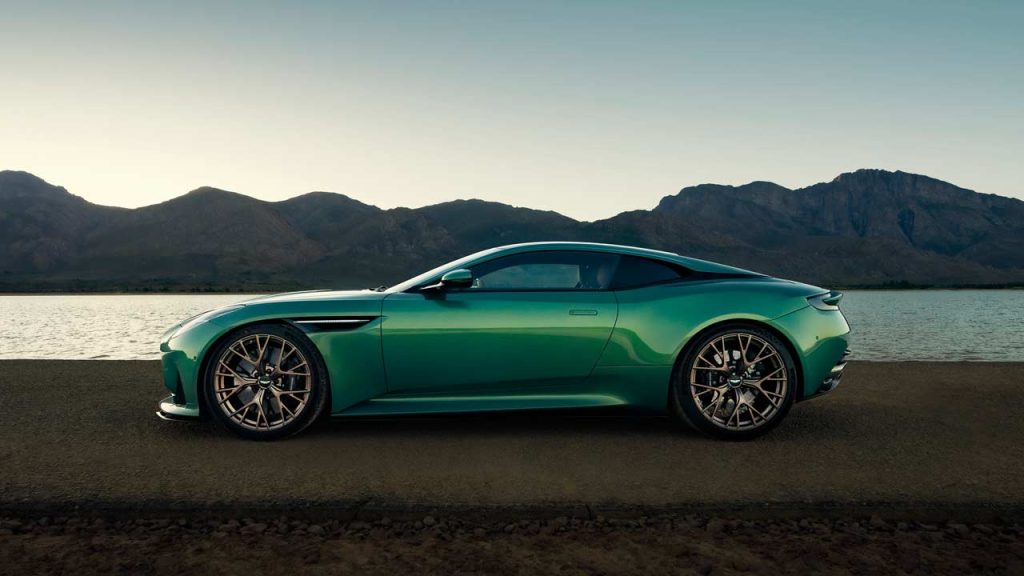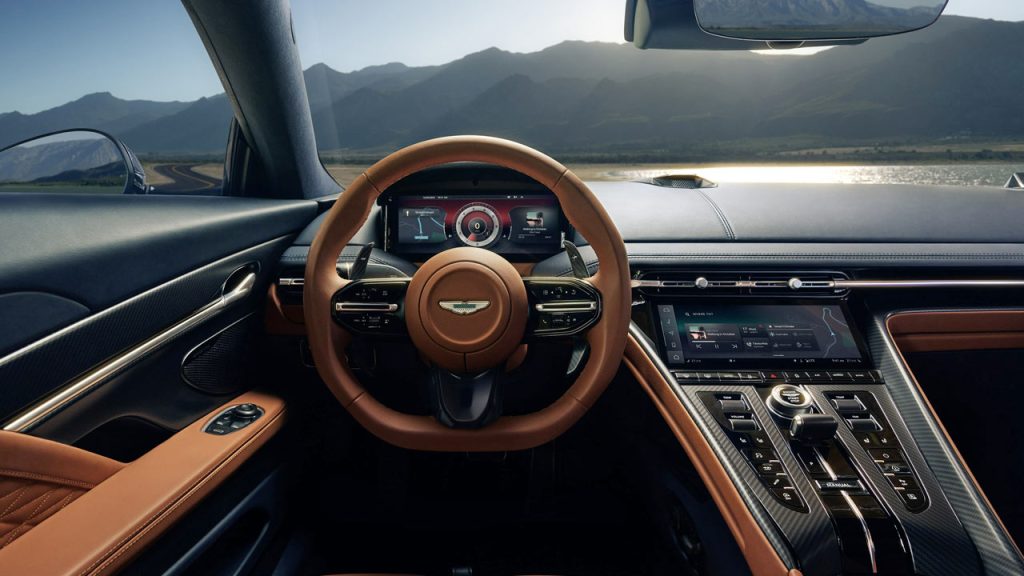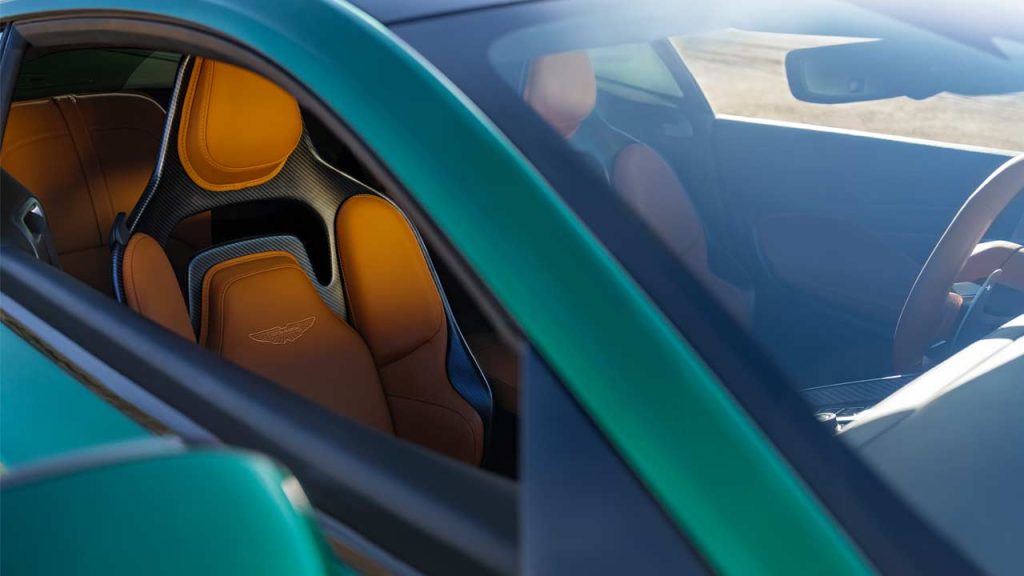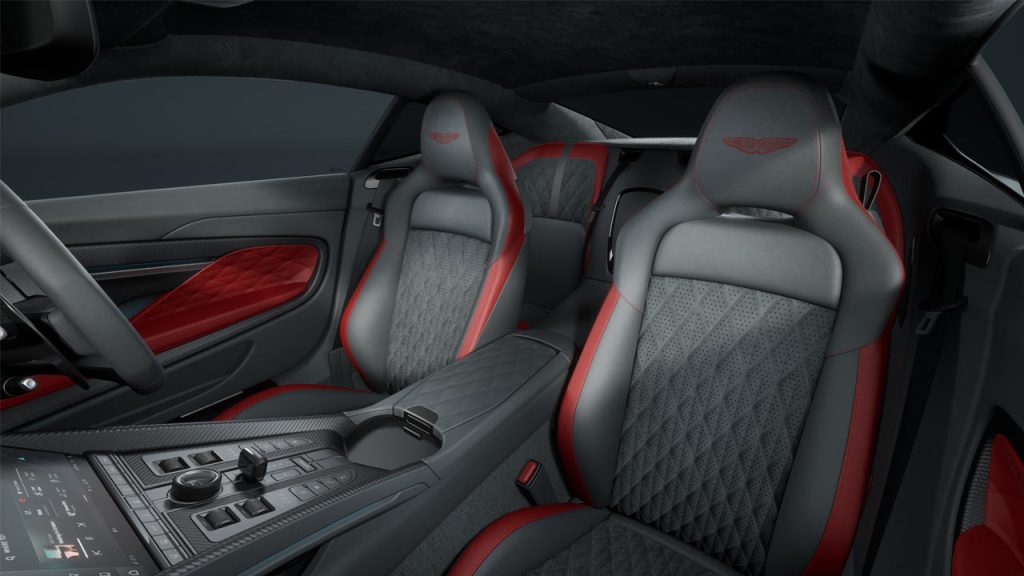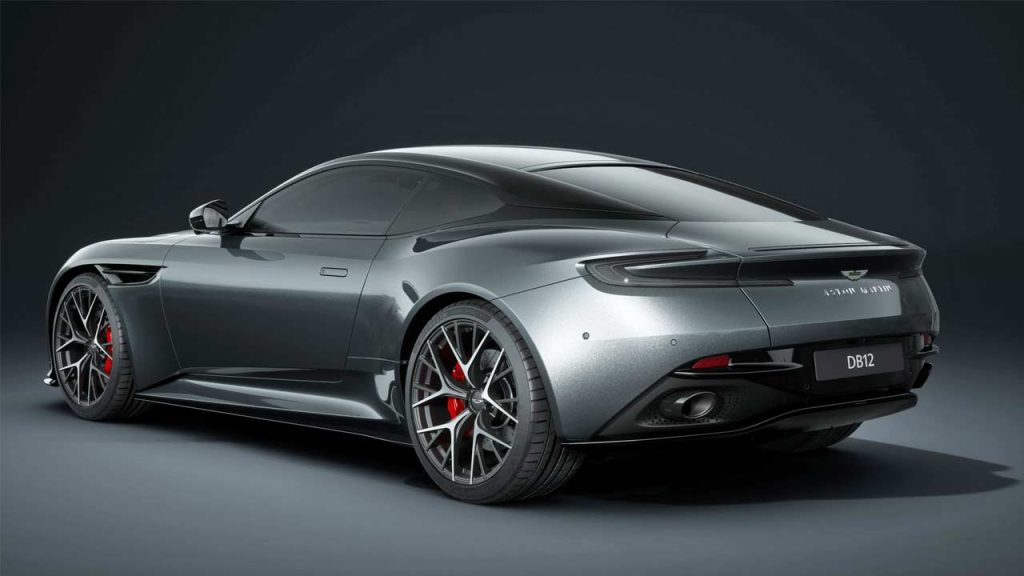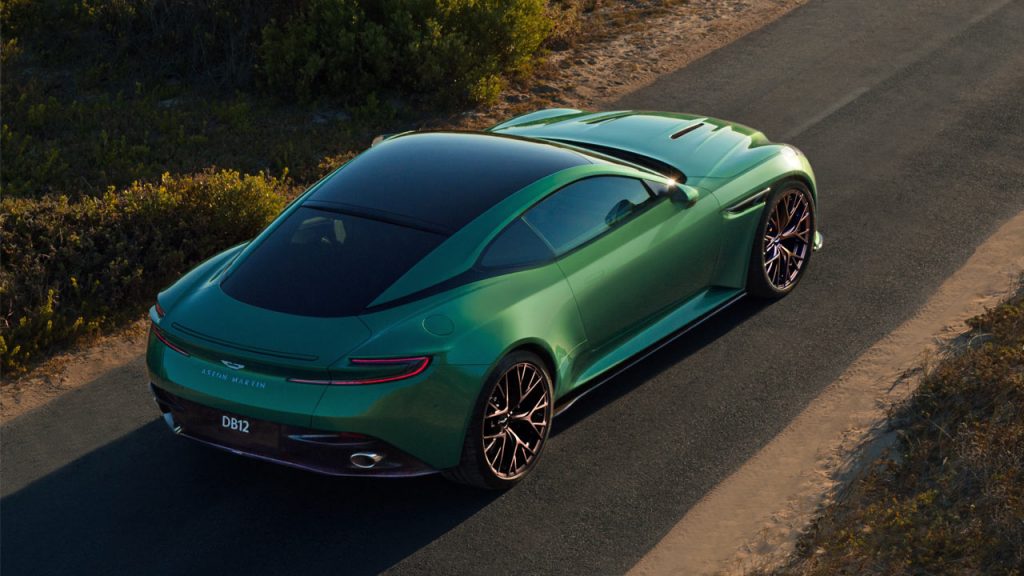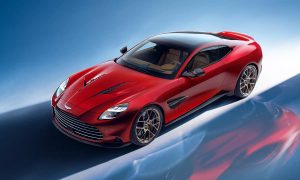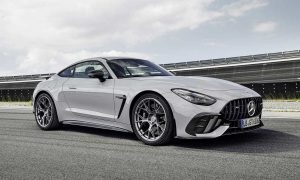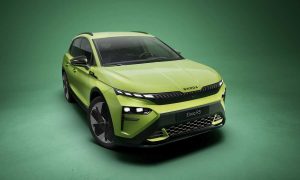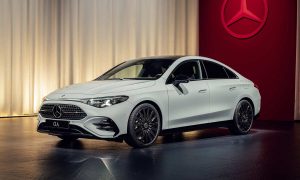The DB11 design works, so why change it too much?
I don’t really have an answer for why the new 5 Series looks like a Skoda, but I think I understand why the Aston Martin DB12 looks not all that different from the DB11. I mean, you don’t have to make drastic changes that 95% of the people are gonna hate just because it’s a new-gen model. If you had already created a timeless beauty, just make some subtle tweaks and let the timeless beauty be more timeless, and I think that’s exactly what Marek Reichman’s team did with the DB12.
Although the DB12 looks like a facelifted DB11, the company’s Alex Long (Director – Product & Market Strategy) claims that over 80% of the car is new and very little is carried over from the predecessor. Besides that larger grille, the new LED headlights with 6 block DRLs draw most of the attention. On the side profile, you got a new set of 21-inch forged-alloy wheels; the rims are wrapped with bespoke Michelin Pilot Sport 5 S tyres—measuring 275/35 R21 103Y at the front and 315/30 R21 108Y at the rear. For wheels, a 5-spoke design comes standard, while multi-spoke and Y-spoke are options. The rear-end looks almost identical to DB11, but again, we’re not complaining.
Aston Martin claims that the DB12’s bonded aluminium structure has seen a 7% increase in global torsional stiffness, thanks to changes to a range of underbody components; the engine cross brace; front and rear undertrays; front crossmember, and rear bulkhead. New generation intelligent adaptive dampers and stiffer anti-roll bars are some of the other key highlights of the DB12. Buyers can opt for Carbon Ceramic Brakes (CCB)—which are claimed to offer increased braking performance and reduced brake fade at temperatures of up to 800°C. The CCBs are claimed to save 27 kg (60 lbs) in unsprung mass compared with the standard braking system.
The cockpit looks significantly different compared with DB11 or any Aston Martin sports car so far, thanks to a completely redesigned dashboard and in-house designed displays. That floating console houses a new 10.25-inch touchscreen that supports wireless Apple CarPlay & Android Auto connectivity. The driver also gets their own, equally large display. But what I do like is that there’s a healthy mix of digital and physical controls. You got a couple of options for seats (including optional Carbon Fibre Performance Seats), and multiple options for color theme and upholstery. A Bowers & Wilkins 1,170-watt 15-speaker audio system is available for those who don’t fancy the standard Aston Martin 390-watt 11-speaker audio system.
Moving on to the juicy bits of the story, the 4.0L V8 biturbo powerplant (M177, wet sump) comes from Affalterbach as you all probably already know. In this application, it pumps out 500 kW (680 metric hp) at 6,000 rpm and 800 Nm (590 lb-ft) of torque between 2,750 and 6,000 rpm. Those are significantly higher numbers compared with what the engine offered in the DB11 V8. Which also means that there’s not gonna be a V12 this time around, but that’s not surprising news, is it?
But anyway, an 8-speed ZF gearbox drives the rear wheels via an Electronic Rear Differential (E-Diff). The E-Diff is linked to the car’s Electronic Stability Control (ESC) system, and unlike a conventional Limited Slip Differential, it can go from fully open to 100% locked in a matter of milliseconds, giving the driver maximum response for more precise and consistent handling, the company said in an official release.
Kerb weight with optional lightweight content is claimed to be 1,788 kg (3,942 lbs). The official 0-100 km/h (62 mph) sprint time is claimed to be 3.6 seconds, and the top speed is claimed to be 325 km/h (202 mph).
Deliveries are scheduled to begin in Q3 2023.

Leave a Reply
Note: Comments that are unrelated to the post above get automatically filtered into the trash bin.
